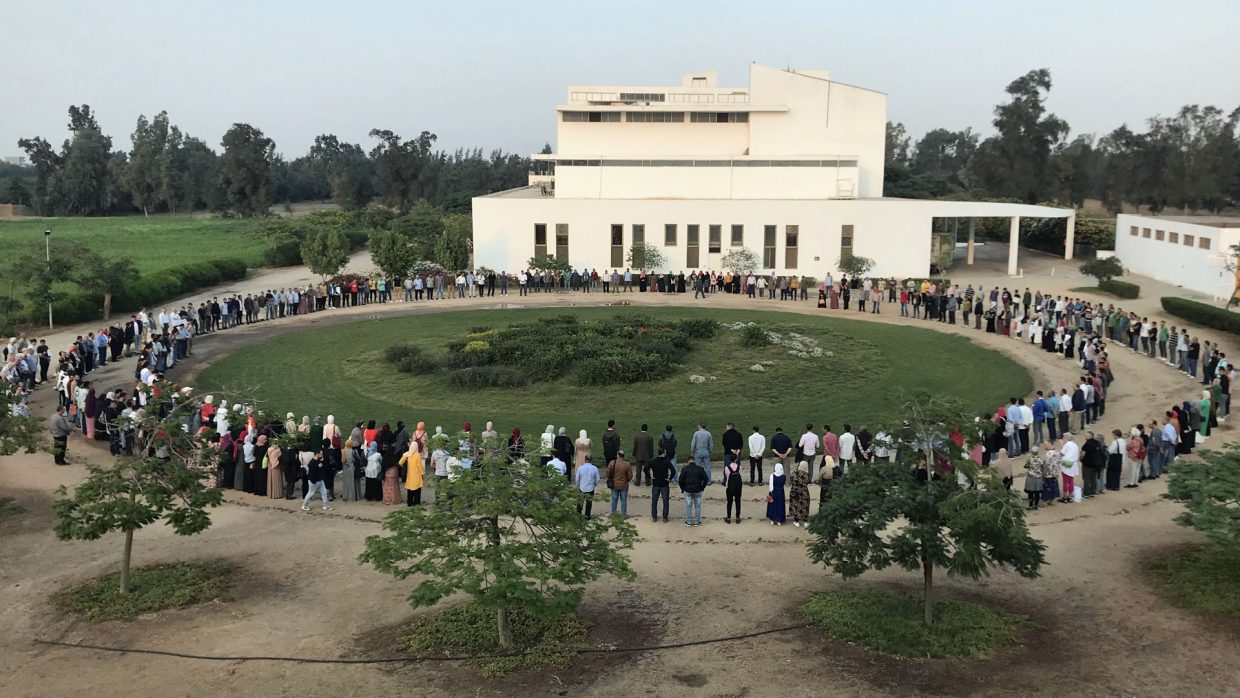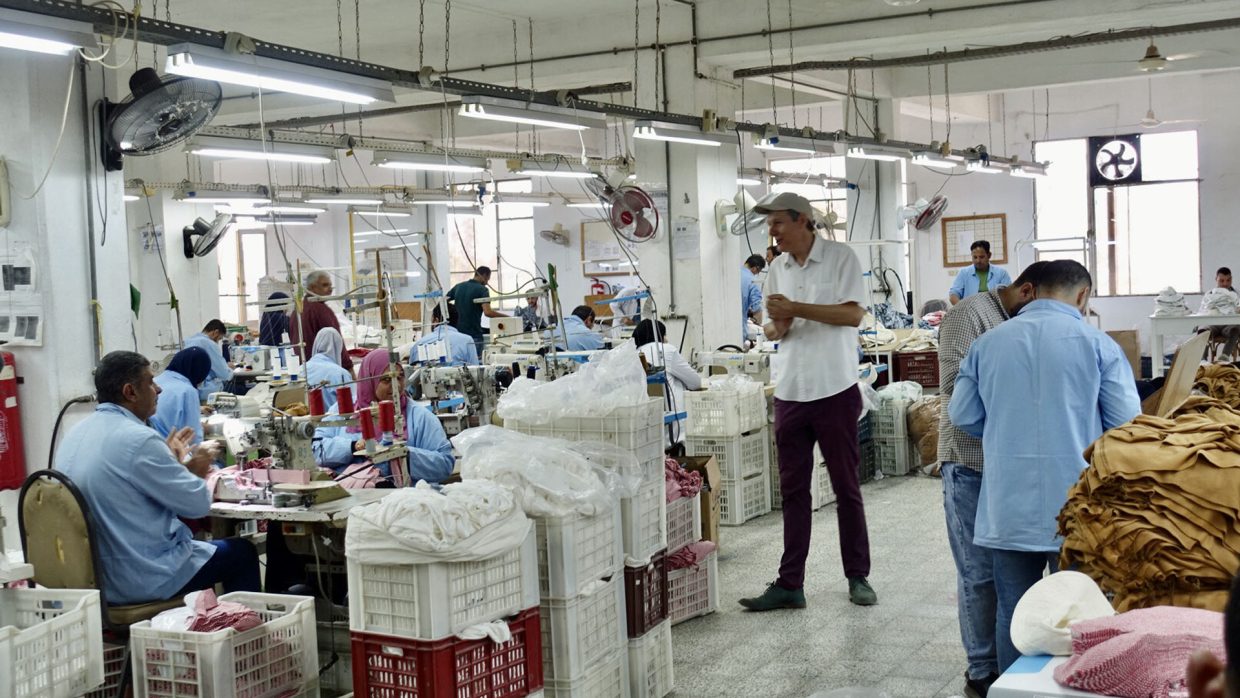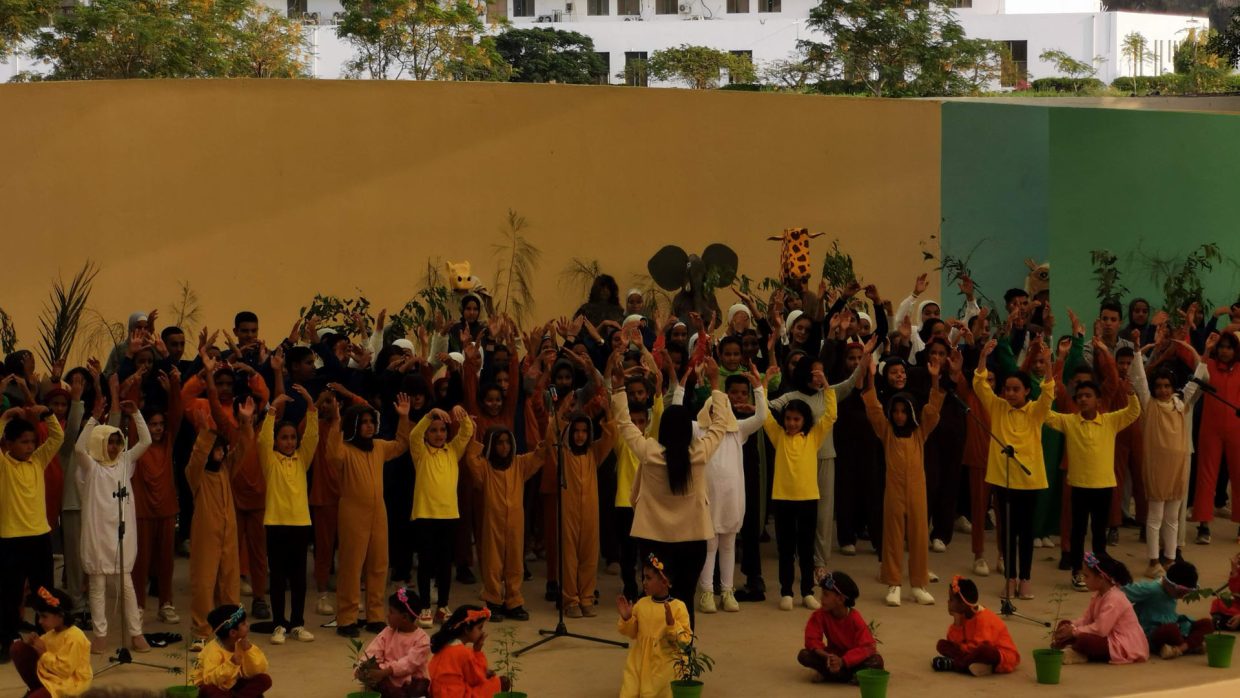Often people ask whether regenerative agriculture is scalable, this question is usually answered in terms of hectares. While a hectare is a useful measure for understanding the size of a farm, it does not consider the specific crops grown or the nutrients produced or the operations of the farm. For example, the farms we have visited vary significantly in terms of their business models, as well as the types of crops they grow and the methods they use to cultivate them.
Moreover, the farmers deal with a variety of challenges that impact their business model. Such as no clear definition of regenerative agriculture leading to various stakeholders not knowing how it differs from for example organic agriculture; Lack of certification leading to retailers that cannot put the right price tag on it; Labour intensity which requires at times for them to have a lot of employees.
Sustainability, regeneration means also ,people care, fair share’, you need to earn money to be sustainable.
Howard Koster, De Biesterhof
In this article, we will dive deeper into the complex and diverse business models that the farms employ. From small-scale farms to large-scale farms, each farm has its own unique and holistic approach to their operations.

Large scale regenerative farming in the desert
Sixty kilometres northeast of Cairo, SEKEM stands in the edge of the Egyptian desert. Upon entering the main gate with our bikes, we were welcomed by the wind and shade, providing a much needed relief from the heat. We could see groups of people walking to various buildings on the compound, where they work in one of the ten different companies that together produce 150 different organic products spanning from food and herbal teas to textiles and pharmaceuticals.
Forty-five years ago, Ibrahim Abouleish and a community of Bedouins set out to restore land in area of 70 ha desert land, proving that a new, sustainable world is possible through adopting regenerative and biodynamic approaches. During our visit, we were able to witness the integration of economic, social, and cultural life with an eco-friendly and holistic approach. Sekem has in 2022, 473 hectares of total cultivated land and an additional 7487 ha are cultivated by supplying farmers. As of 2022 Sekem has 1959 employees. The company’s revenue was 20.86 million € in 2022.
We are able to produce at a lower cost than conventional farms because we do not use external inputs and we operate on large scale with extreme diversification that allows us to compete.
Helmy Abouleish, CEO at Sekem
In 2008, Sekem’s success has stretched to the Wahat project which is located 300 km southwest of Cairo. The project aimed to increase the self-sufficiency and long-term food security of local communities. To achieve this, it is important to move to desert areas and use available water resources efficiently. With the Wahat Initiative, 315 hectares of field is being cultivated. At Wahat, the current focus is on cultivating biodynamic peppermint and spearmint, and camomile, peanuts, jojoba, moringa, hibiscus, and cactus, while increasing the area planted for herbs.
Today Sekem is Egypt’s biggest tea producer and also exports its tea outside of the country to Germany, Austria, the Netherlands, Italy, Iceland and UK. Sekem also export its organic cotton and natural medicine and healthcare products. Production of tea, medicine, and textile are not the only things produced at SEKEM. Other products such as peanut butter, postcards, and candles and can be found on their online webshop and in their on site stores. As we visit the clothing shop on the compound we find a variety of items, mainly children’s clothing, as well as some COP 27 merchandise hats, shirts and bags featuring a picture of an Egyptian Farmer and the words “climate heroes”. All items made from organic cotton and designed with natural dye.
Sekem is confidently committed to fostering a more sustainable future by prioritising education. This objective is achieved through several means, including their own university (Heliopolis University), various schools, and by offering opportunities for the self-development of their employees through holistic education with a focus on art and Eurythmy, an expressive movement art. Furthermore, they extend their education to a wider audience. During our visit, Sekem was proudly hosting diverse individuals from around the globe, who had the chance to learn about their operation through field visits and lectures.
About Cycle to Farms

The journey of Aisha & Lukas started in May 2022 in the Netherlands and took them through Germany, Austria, Slovenia, Croatia, Bosnia and Herzegovina, Montenegro, Albania, Greece, Jordan, Egypt, Kenya, Uganda, Rwanda and Tanzania. Cycling through these countries they gained various insights of regenerative farming practices, which they cover in a series of articles.
They visited regenerative farms in various contexts to gain valuable lessons and insights on transitioning to climate-resilient agricultural practices. It gives them a better understanding of how farmers regenerate their land, how to best support regenerative farmers and inspire others to transition to regenerative agriculture.
The farms they visited varied in size, from a few hectares to thousands, and in soil type, from clay to rocky and sandy desert soils. They also had different production systems, such as arable farming, fruit orchards, food forests, and market gardens, and often had a mixed production system.
Despite the diversity of the farms, they all shared a common goal: combatting climate change, strengthening soil health, managing water, and increasing biodiversity. All the farmers Aisha and Lukas visited were solution-oriented and focused on shared principles, while maintaining individual practices and unique business models.
Support Aisha’s & Lukas’s mission on www.cycletofarms.com
Farm to table approach in Jordan
In Jordan we cycled to Carob Farm and Carob House, a creative initiative by Rakan Mehyar in which he combined his interest in hospitality and sustainable farming. Rakan’s initial aim was to start a farm to produce nutritious food for his family. However, he soon realised that nutritious food should be widely available in the community. This led him to establish the Carob House, a restaurant with a farm-to-table approach that aims to reimagine the way food is produced and consumed in Jordan.
I believed it was crucial to innovate a business model based on the ethos of cooperation, diversity, and inclusion, similar to the way our farming societies have lived for thousands of years. Thus, I created CAROB to serve as the linking point and mediator.
Rakan Mehyar
The restaurant engages with the local community by offering a food experience that emphasises the importance of community and nutritious and sustainably produced food. Rakan has collaborated with fellow local farmers and artisan producers who share his ethos, ensuring a consistent supply of quality food for guests of the Carob House.
Rakan believes that it’s crucial for the customers of the Carob House to comprehend the origin and cultivation of their food. To facilitate this understanding, a Farm to Table experience is offered, where customers can book a farm tour before dining at the restaurant. During the 2-hour tour, visitors learn about Rakan’s motivations and how his farming practices differ from conventional methods. Ultimately, Rakan’s goal is to educate as many people as possible about regenerative farming practices. He hopes to enlighten the local community and encourage them to make tangible changes that will protect future generations’ access to a healthy food environment.

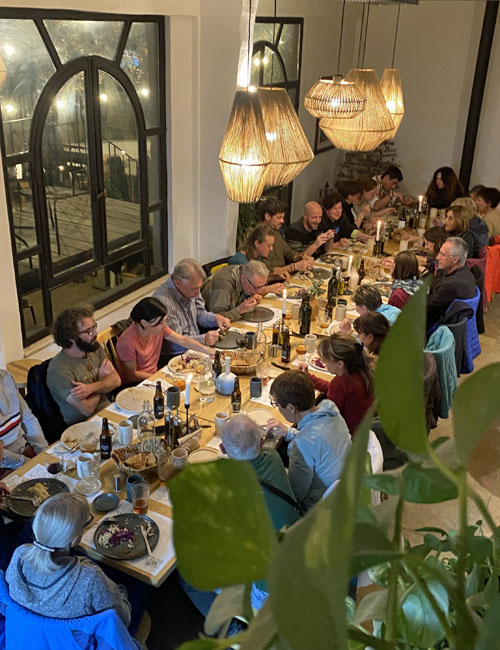
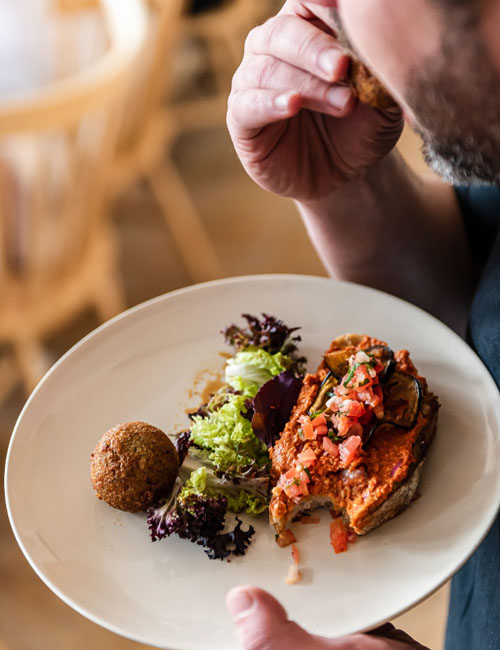
Added value products sold on the farm
During our visit to Kenya, we cycled to the Laikipia Permaculture Center (LPC), where Joseph Lentunyoi began working with various women’s community groups in 2014 to utilise natural resources in Laikipia and provide a source of income for their households. The community in the area is suffering due to the harsh effects of climate change, making their pastoral lifestyle increasingly difficult and unsustainable. Shifting to sustainable agricultural practices is the only way to achieve food security for this community. Joseph is dedicated to working with the local communities to teach them regenerative practices.
As we walked through the LPC agro-forest, surrounded by fields full of greenery as far as the eye could see, Joseph mentioned the following:
Our focus is on creating value-added products because, in Africa, most products are perishable.
Joseph Lentunyoi, Laikipia Permaculture Center
The local communities in this area use traditional methods to create products with a longer lifespan. For example, they make pulp from cactus fruit to produce value-added items like cactus fruit jam, wine, and juice. They also do the same with aloe secundiflora plants, harvesting the juice for various cosmetic products like creams, soaps, shampoo, and shower gel for the local market. They even sell the excess to retailers like their client, Lush Cosmetics. Additionally, the small shop on the premises sells other products like honey, moringa powder, and resurrection bush tea, which are made by local women community groups.
LPC’s business model is to teach permaculture and regenerative practices. They offer workshops to both national and international individuals interested in learning. They also provide a retreat center, where guests can stay on the camping site or in guesthouses made out of cob. Guests are invited to participate in farm work to learn about the practices used. LPC also has an organic restaurant where staff and guests have their meals.
Diversification is Key to Successful Regenerative Business Models
When it comes to regenerative solutions and business models, it’s important to recognise that there is no one-size-fits-all approach. The success of these systems is heavily dependent on the context of the region and the crops that grow best in that area. Adapting to the challenges and opportunities in the local setting is crucial for achieving success.
One successful approach in regenerative agriculture is the use of holistic business models that incorporate multiple income streams through diversification. Successful farms do not rely solely on food production. Instead, they have highly diversified businesses, often offering a variety of complementary products with a focus on added-value items. By expanding beyond just food production, these businesses are able to generate income in a variety of ways and remain independent from global commodity market fluctuations. Farmers also view themselves as educators, teaching the community about the importance of regenerative practices. Societal engagement is a key to understanding the efforts that go into regenerative agriculture and is often one of the goals of the farmers visited.
A more common and general understanding of regenerative practices will help to solve the disconnect of understanding the concept and also help the future development of putting regenerative products on the market for a fair price.
While traditional business strategies might suggest focusing on a single product or service to achieve economies of scale, the opposite approach can often be more effective in regenerative agriculture. By embracing diversity and exploring a variety of income streams, farmers and businesses are able to build resilient systems that can adapt to changing circumstances and continue to thrive in the long term.


